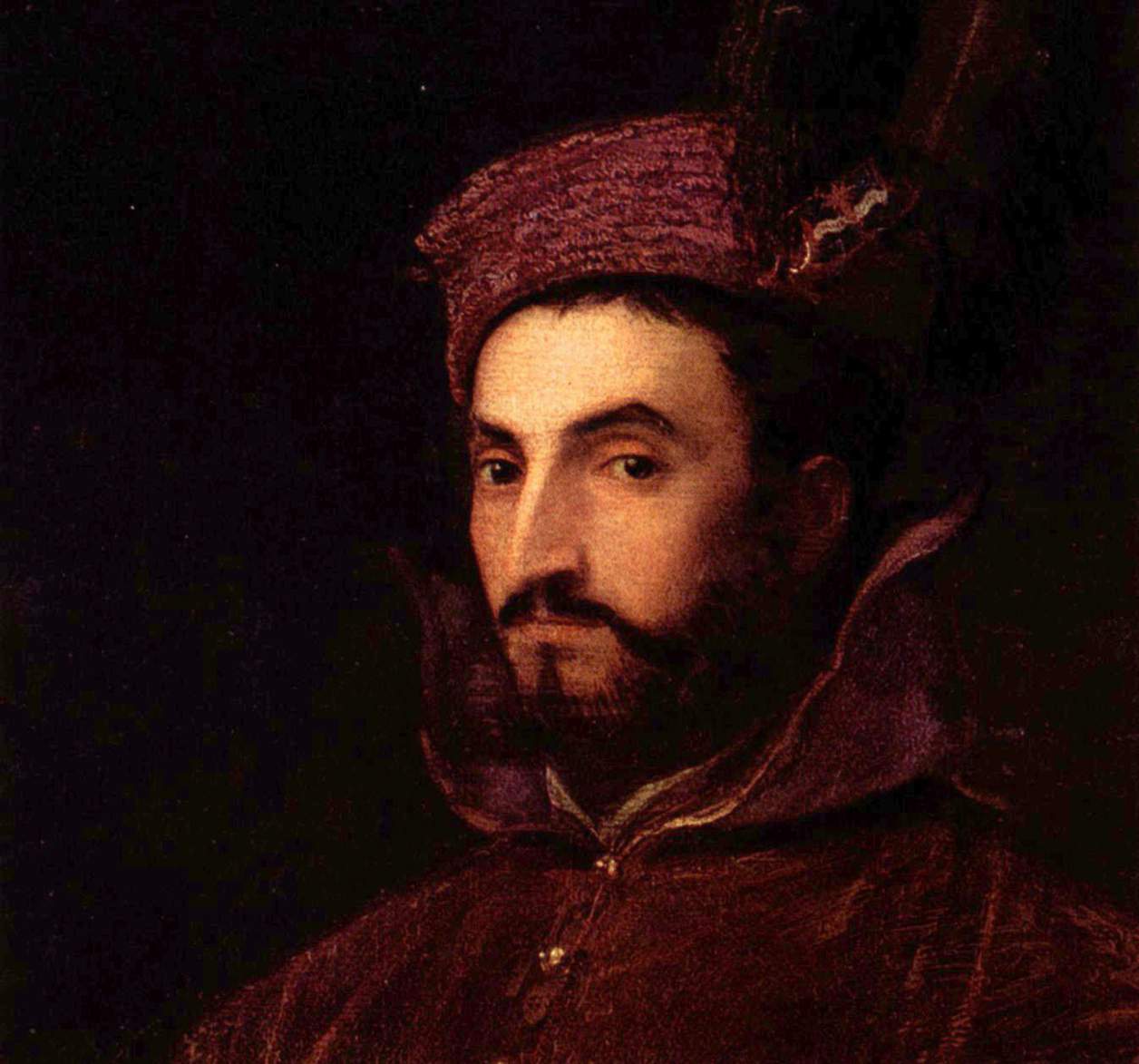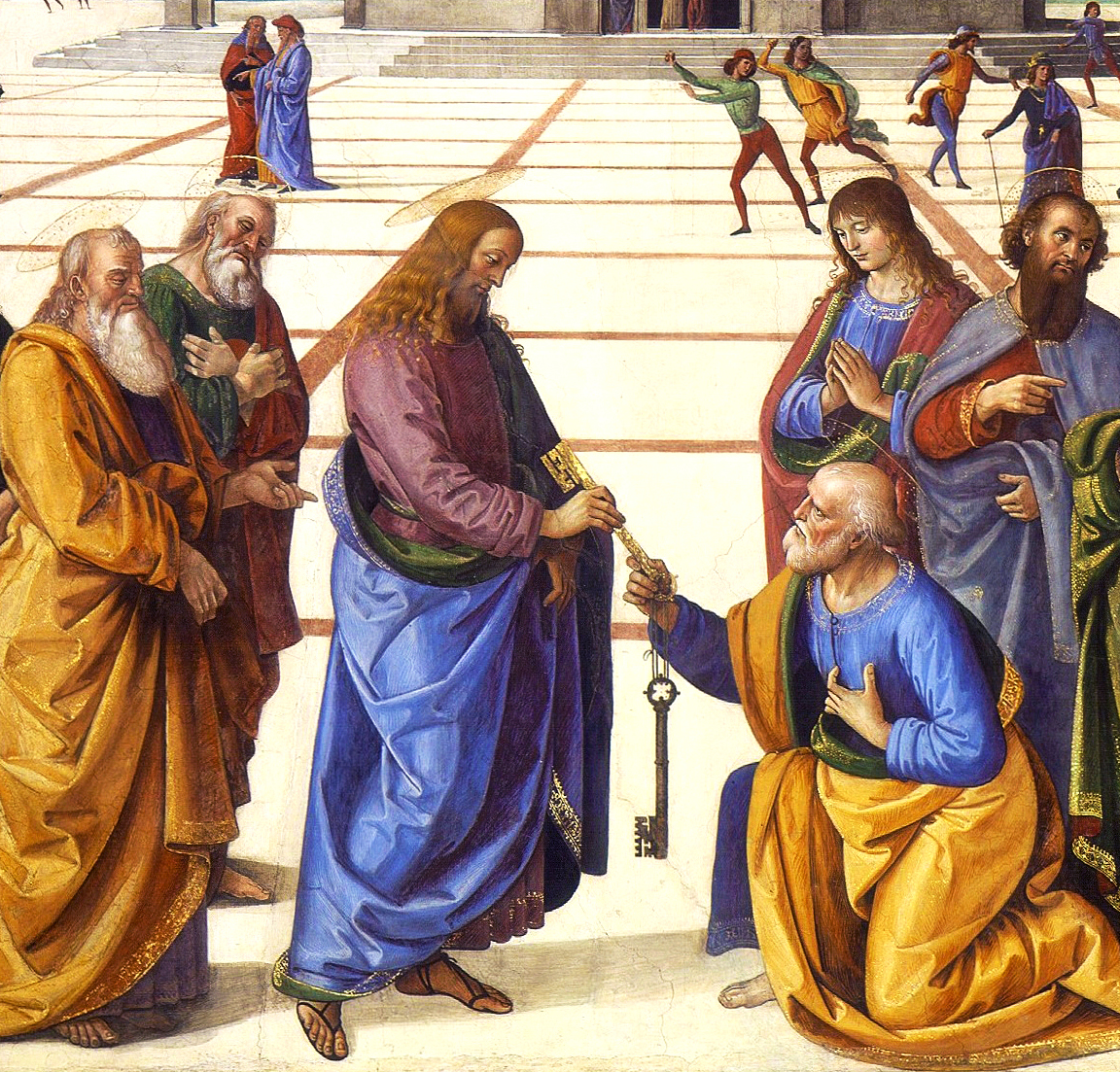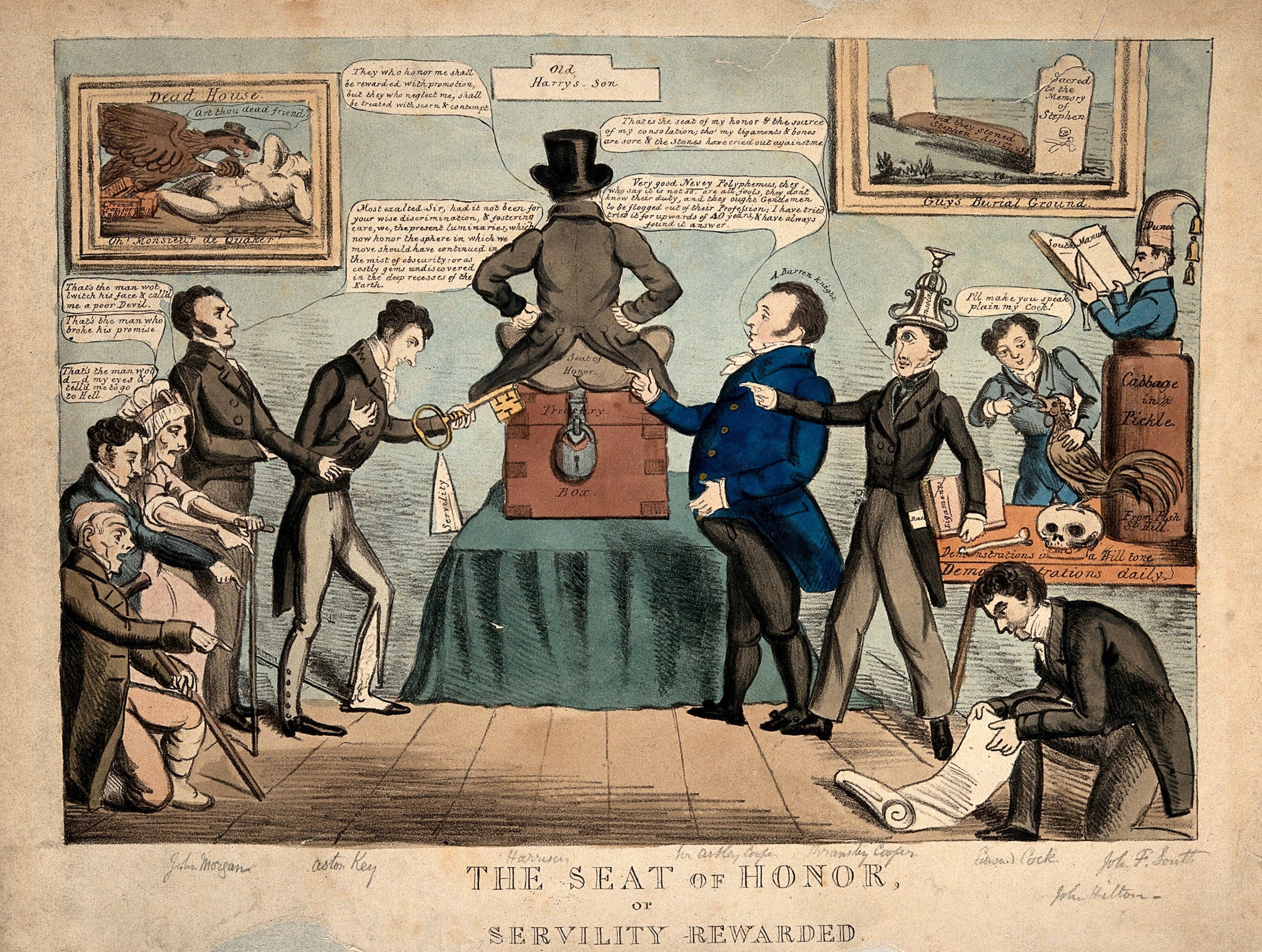|
Cardinal-nephew
A cardinal-nephew ( la, cardinalis nepos; it, cardinale nipote; es, valido de su tío; pt, cardeal-sobrinho; french: prince de fortune)Signorotto and Visceglia, 2002, p. 114. Modern French scholarly literature uses the term "cardinal-neveu'". was a cardinal elevated by a pope who was that cardinal's relative. The practice of creating cardinal-nephews originated in the Middle Ages, and reached its apex during the 16th and 17th centuries. The last cardinal-nephew was named in 1689 and the practice was abolished in 1692.Bunson, Matthew. 1995.Cardinal Nephew. ''The Pope Encyclopedia''. Crown Trade Paperbacks. . The word ''nepotism'' originally referred specifically to this practice, when it appeared in the English language about 1669. From the middle of the Avignon Papacy (1309–1377) until Pope Innocent XII's anti-nepotism bull (a papal charter), ''Romanum decet pontificem'' (1692), a pope without a cardinal-nephew was the exception to the rule. Every Renaissance pope who creat ... [...More Info...] [...Related Items...] OR: [Wikipedia] [Google] [Baidu] |
List Of Cardinal-nephews
A cardinal-nephew is a cardinal elevated by a pope who was his uncle, or more generally, his relative. The practice of creating cardinal-nephews originated in the Middle Ages, and reached its apex during the 16th and 17th centuries.Bunson, Matthew. 1995.Cardinal Nephew" ''The Pope Encyclopedia''. Crown Trade Paperbacks. . From the Avignon Papacy (1309–1377) until Pope Innocent XII's anti-nepotism bull, ''Romanum decet pontificem'' (1692), nearly every pope who appointed cardinals appointed at least one relative to the College of Cardinals,Until Pope Innocent XII, the only exceptions were popes who did not appoint the cardinals at all (Pope Pius III, Pope Marcellus II, Pope Urban VII, Pope Leo XI) and Pope Adrian VI (who appointed only one cardinal). including every Renaissance-era pope. Although nephews were the most common relation to be elevated to the College, other family members include (legitimate, illegitimate, or adopted) sons and grandsons, brothers, grandnephews, c ... [...More Info...] [...Related Items...] OR: [Wikipedia] [Google] [Baidu] |
Renaissance Papacy
The Renaissance Papacy was a period of papal history between the Western Schism and the Reformation. From the election of Pope Martin V of the Council of Constance in 1417 to the Reformation in the 16th century, Western Christianity was largely free from schism as well as significant disputed papal claimants. There were many important divisions over the direction of the religion, but these were resolved through the then-settled procedures of the papal conclave. The popes of this period were a reflection of the College of Cardinals that elected them. The College was dominated by cardinal-nephews (relatives of the popes that elevated them), crown-cardinals (representatives of the Catholic monarchies of Europe), and members of the powerful Italian families. There were two popes each from the House of Borgia, House of della Rovere, and House of Medici during this period. The wealthy popes and cardinals increasingly patronized Renaissance art and architecture, (re)building the landmar ... [...More Info...] [...Related Items...] OR: [Wikipedia] [Google] [Baidu] |
History Of The Papacy
The history of the papacy, the office held by the pope as head of the Catholic Church, spans from the time of Peter, to the present day. Moreover, many of the bishops of Rome in the first three centuries of the Christian era are obscure figures. Most of Peter's successors in the first three centuries following his life suffered martyrdom along with members of their flock in periods of persecution. During the Early Church, the bishops of Rome enjoyed no temporal power until the time of Constantine. After the Fall of the Western Roman Empire (the "Middle Ages", about 476), the papacy was influenced by the temporal rulers of the surrounding Italian Peninsula; these periods are known as the Ostrogothic Papacy, Byzantine Papacy, and Frankish Papacy. Over time, the papacy consolidated its territorial claims to a portion of the peninsula known as the Papal States. Thereafter, the role of neighboring sovereigns was replaced by powerful Roman families during the ''saeculum obscurum' ... [...More Info...] [...Related Items...] OR: [Wikipedia] [Google] [Baidu] |
Romanum Decet Pontificem
''Romanum decet Pontificem'' (named for its Latin incipit: "it befits the Roman Pontiff") is a papal bull issued by Pope Innocent XII (1691–1700) on June 22, 1692, banning the office of cardinal-nephew, limiting his successors to elevating only one cardinal relative, eliminating various ''sinecures'' traditionally reserved for cardinal-nephews and capping the stipend or endowment the nephew of a pope could receive to 12,000 scudi. ''Romanum decet Pontificem'' was later incorporated into the Code of Canon Law of 1917 The 1917 ''Code of Canon Law'' (abbreviated 1917 CIC, from its Latin title ), also referred to as the Pio-Benedictine Code,Dr. Edward Peters accessed June-9-2013 was the first official comprehensive codification of Latin canon law. Ordered ... in canons 240, 2; 1414, 4; and 1432, 1. In 1694, Innocent XII's series of reforms was capped off with an expensive campaign to eliminate the venality of offices while reimbursing their current holders. However, fo ... [...More Info...] [...Related Items...] OR: [Wikipedia] [Google] [Baidu] |
Alexander VI
Pope Alexander VI ( it, Alessandro VI, va, Alexandre VI, es, Alejandro VI; born Rodrigo de Borja; ca-valencia, Roderic Llançol i de Borja ; es, Rodrigo Lanzol y de Borja, lang ; 1431 – 18 August 1503) was head of the Catholic Church and ruler of the Papal States from 11 August 1492 until his death in 1503. Born into the prominent Borgia family in Xàtiva under the Crown of Aragon (now Spain), Rodrigo studied law at the University of Bologna. He was ordained deacon and made a cardinal in 1456 after the election of his uncle as Pope Callixtus III, and a year later he became vice-chancellor of the Catholic Church. He proceeded to serve in the Curia under the next four popes, acquiring significant influence and wealth in the process. In 1492, Rodrigo was elected pope, taking the name Alexander VI. Alexander's papal bulls of 1493 confirmed or reconfirmed the rights of the Spanish crown in the New World following the finds of Christopher Columbus in 1492. During the sec ... [...More Info...] [...Related Items...] OR: [Wikipedia] [Google] [Baidu] |
Gregorio Leti
Gregorio Leti (29 May 1630 – 9 June 1701) was an Italian historian and satirist from Milan, who sometimes published under the pseudonym Abbe Gualdi, L'abbé Gualdi, or Gualdus known for his works about the Catholic Church, especially the papacy. All of his publications were listed on the ''Index Librorum Prohibitorum''.Ambrosini, Maria Luisa, and Willis, Mary. 1996. ''The Secret Archives of the Vatican''. Barnes & Noble Publishing. . p. 138. Life He was born in Milan on 29 May 1630 to Girolamo Leti and Isabella Lampugnano. Leti's paternal grandfather, Marco, was in the service of Cardinal Ippolito Adobrandini for two years and was then a judge in Ancona. He married Laura Pizzi and had two children, Agostino Francesco Nicola and Girolamo. Girolamo followed a military career under the Medici. In 1628 he was sent by Ferdinando II de Medici as an infantry Captain to Milan to help the Spaniards. Here Girolamo met and married Isabella a Milanese noblewoman. From this marriage was ... [...More Info...] [...Related Items...] OR: [Wikipedia] [Google] [Baidu] |
Nepotism
Nepotism is an advantage, privilege, or position that is granted to relatives and friends in an occupation or field. These fields may include but are not limited to, business, politics, academia, entertainment, sports, fitness, religion, and other activities. The term originated with the assignment of nephews to important positions by Catholic popes and bishops. Nepotism has been criticized since the ancient times by several philosophers, including Aristotle, Valluvar, and Confucius, condemning it as both evil and unwise. Origins The term comes from Italian word ''nepotismo'',"Nepotism." Dictionary.com. Retrieved 20 June 2013. which is based on Latin root ''nepos'' meaning nephew. Since the an ... [...More Info...] [...Related Items...] OR: [Wikipedia] [Google] [Baidu] |
Temporal Power (papal)
The temporal power of the Holy See designates the political and secular influence of the Holy See, the leading of a state by the pope of the Catholic Church, as distinguished from its spiritual and pastoral activity. Origins Pope Gregory II's defiance of the Byzantine emperor Leo III the Isaurian as a result of the first iconoclastic controversy (726 AD) in the Byzantine Empire, prepared the way for a long series of revolts, schisms and civil wars that eventually led to the establishment of the temporal power of the popes. For over a thousand years popes ruled as sovereign over an amalgam of territories on the Italian peninsula known as the Papal States, from the capital, Rome. Avignon also came under the jurisdiction of the Papal States in 1348. Early modern period Theologian Robert Bellarmine, in his 16th-century dogmatic work '' Disputationes'' strongly affirmed the authority of the pope as the vicar of Christ. However, he reasoned that since Christ did not ''exerci ... [...More Info...] [...Related Items...] OR: [Wikipedia] [Google] [Baidu] |
Adrian VI
Pope Adrian VI ( la, Hadrianus VI; it, Adriano VI; nl, Adrianus/Adriaan VI), born Adriaan Florensz Boeyens (2 March 1459 – 14 September 1523), was head of the Catholic Church and ruler of the Papal States from 9 January 1522 until his death on 14 September 1523. The only Dutchman to become pope, he was the last non-Italian pope until the Polish John Paul II 455 years later. Born in the Episcopal principality of Utrecht, Adrian studied at the University of Leuven in the Low Countries, where he rose to the position of professor of theology, also serving as its rector (the equivalent of president or vice-chancellor). In 1507, he became the tutor of the future Holy Roman Emperor Charles V, who later trusted him as both his emissary and his regent. In 1516, Charles, now King of Castile and Aragon, appointed Adrian bishop of Tortosa, Spain, and soon thereafter Grand Inquisitor of the kingdoms of Aragon and Castile. Pope Leo X made him a cardinal in 1517 and after Leo's dea ... [...More Info...] [...Related Items...] OR: [Wikipedia] [Google] [Baidu] |
Cardinal Secretary Of State
The Secretary of State of His Holiness (Latin: Secretarius Status Sanctitatis Suae, it, Segretario di Stato di Sua Santità), commonly known as the Cardinal Secretary of State, presides over the Holy See's Secretariat of State, which is the oldest and most important dicastery of the Roman Curia. The Secretariat of State performs all the political and diplomatic functions of the Holy See and the Vatican City. The Secretary of State is sometimes described as the prime minister of the Holy See, even though the nominal head of government of Vatican City is the President of the Pontifical Commission for Vatican City State. The Secretary of State is currently Cardinal Pietro Parolin. Duties The Cardinal Secretary is appointed by the Pope, and serves as one of his principal advisors. As one of the senior offices in the Roman Catholic Church, the secretary is required to be a cardinal. If the office is vacant, a non-cardinal may serve as pro-tem secretary of state, exercising ... [...More Info...] [...Related Items...] OR: [Wikipedia] [Google] [Baidu] |
Alphonsus Ciacconius
Don Alphonsus Ciacconius (born shortly before 15 December 1530, Baeza - died 14 February 1599, Rome) was a Spanish Dominican scholar in Rome. His name is also spelt as Alfonso Chacón and Ciacono. Chacón is known mainly for two of his works: ''Historia utriusque belli dacici a Traiano Caesare gesti'' (Rome, 1576), and ''Vitae, et res gestae pontificum romanorum et S.R.E. Cardinalium ab initio nascentis ecclesiae usque ad Clementem IX. P.O.M. Alphonsi Ciaconii Ordinis Praedicatorum & aliorum opera descriptae'' (Rome, 1601). Works Chacón was an expert on ancient Graeco-Roman and Paleo-Christian epigraphy, the Medieval paleography and manuscripts, besides the history of the papacy. He named the tinctures after their Latin initials. Or (gold) was designated by A (aurum), argent (silver) or white, respectively by a (argentum), azure (blue) with c (caeruleus), gules (red) by r (rubeus), and vert (green) by v (viridis). Though the sign for sable (black) (niger) was not present i ... [...More Info...] [...Related Items...] OR: [Wikipedia] [Google] [Baidu] |









.jpg)
